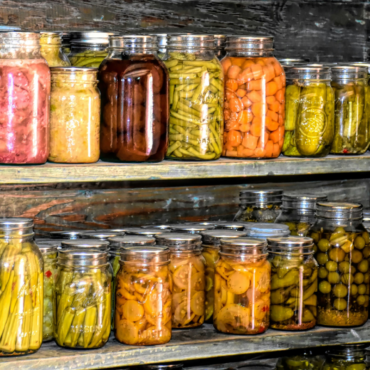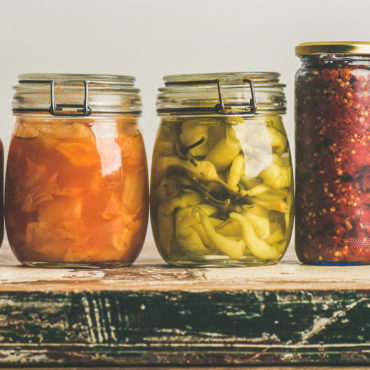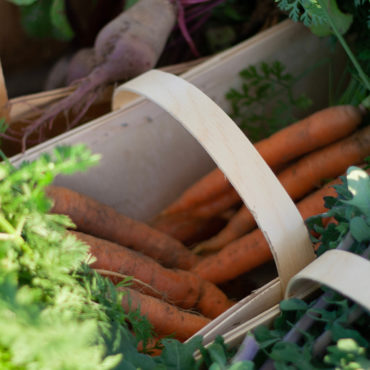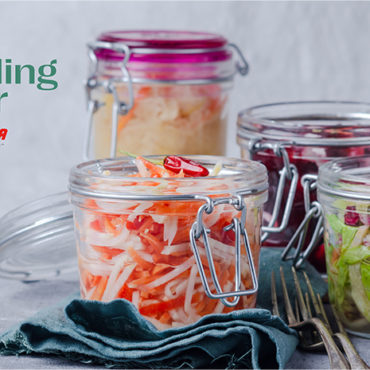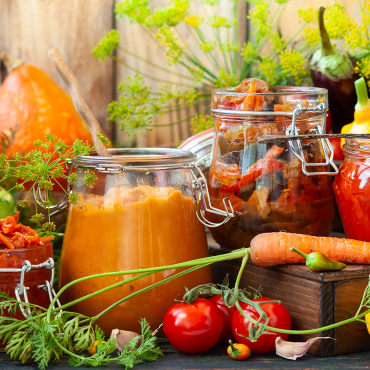Blog & News
The Travelling Jar!

We are increasingly questioning the means we can implement to reduce our environmental footprint. With summers where forests burn and winters where snow becomes scarce, climate change forces us to rethink our lifestyles and review our habits. But where to start? One of the simplest changes to make is undoubtedly to prioritize local products in our diet.
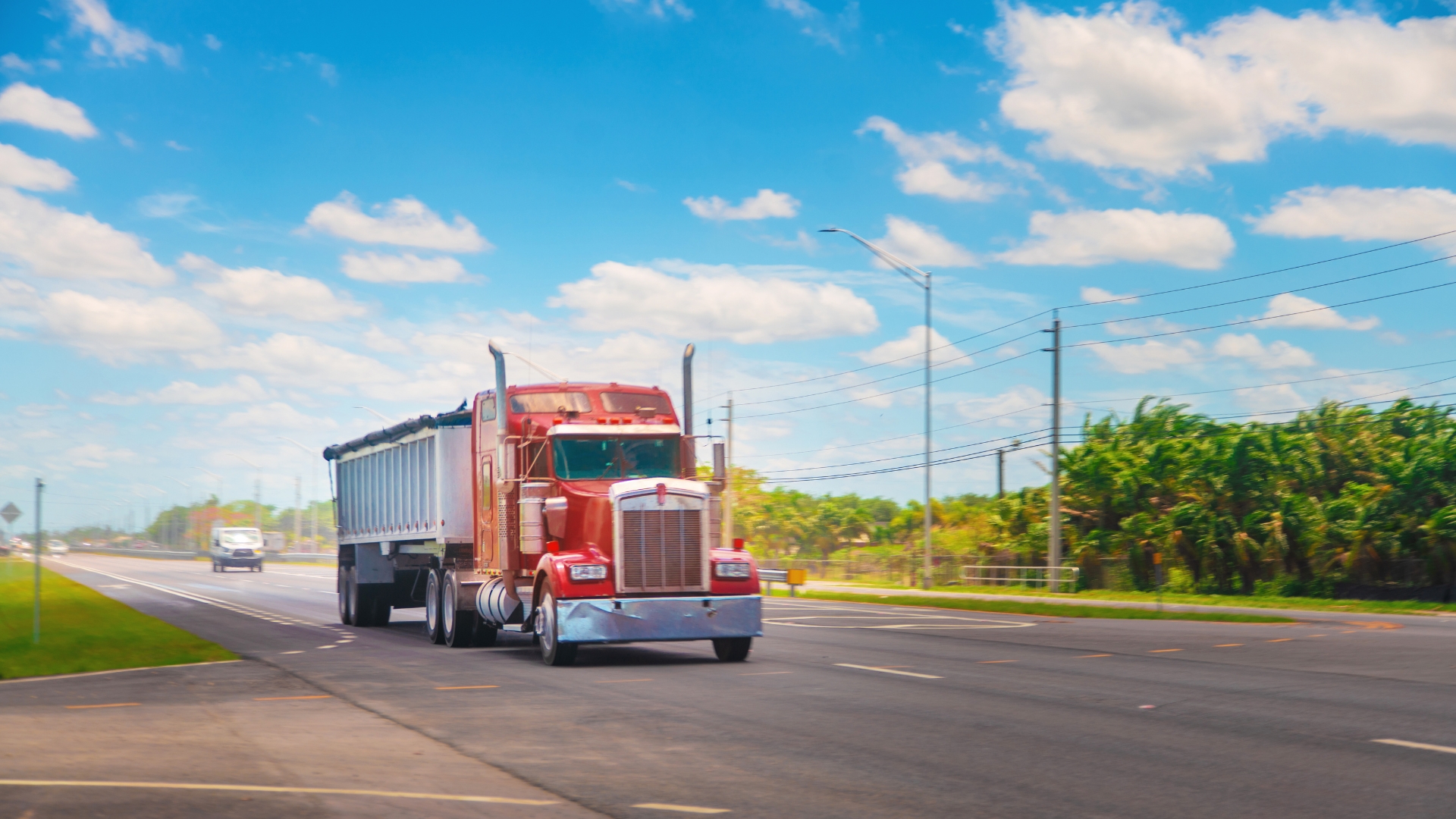
Reducing environmental footprint by eating local
The distance traveled by our food, from farm to plate, is calculated using the “food mile”. This calculates the amount of CO2 emitted to transport a ton of a given food over one kilometer. Knowing that nearly 5000 km separates us from Florida, it’s better to turn to Quebec strawberries that have traveled a maximum of a few 100 km at most before reaching our plate (or, let’s be honest, directly into our belly!).
Continuing with the example of strawberries from Florida, it’s approximately 62.4 kg of CO2 equivalent that will be emitted by the transport of a ton of them. In terms of pollution, it’s like a solo car making a round trip from Montreal to Trois-Rivières. A household that maximizes local food consumption will therefore reduce the average distance traveled by food in its grocery basket by more than 3000 km, dropping from an average of 5000 km to an average of 2000 km! Of course, you might say that pineapples and avocados don’t grow here; unfortunately not, but trying to “localize” our food can allow us to broaden our horizons and make beautiful discoveries from our own territory. We can swap guacamole for a delicious tomato and corn salsa, for example!
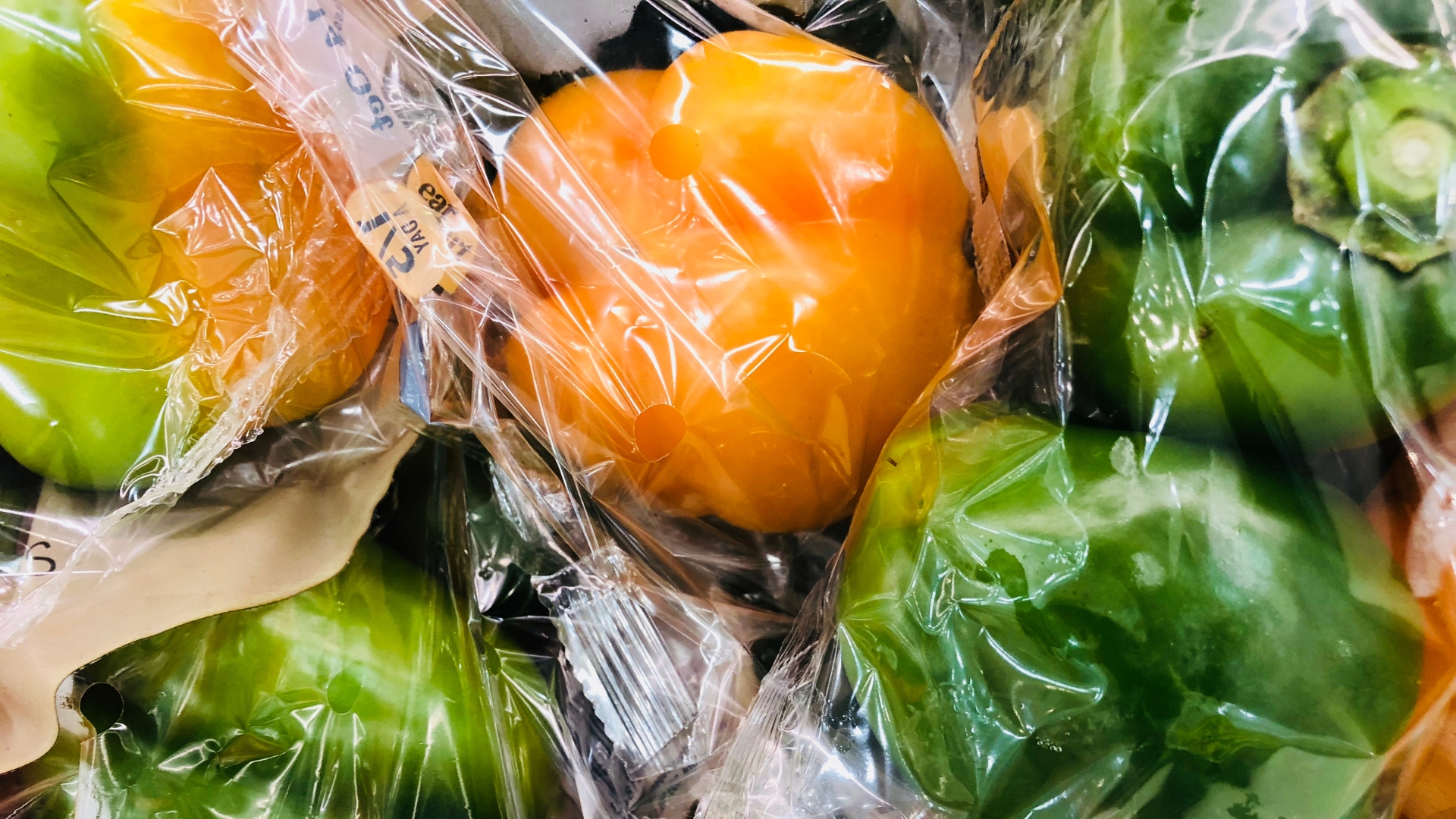
Another direct impact of consuming local foods on our environmental footprint is the reduction of packaging. Indeed, to reach us still fresh, some foods need to be packaged (or overpackaged), not to mention the energy spent on refrigerating trucks and warehouses over thousands of kilometers. Eating local therefore gives us the opportunity, most of the time, to buy foods with little or no packaging. Knowing that only 47% of materials put in the recycling bin are actually sent to be recycled, it’s not an environmental luxury to reduce our packaging consumption…
Finally, it must be recognized that the largest share of GHGs (about two-thirds) in the food sector is related to production methods, that is, agriculture itself. Eating local allows for better traceability (the ability to identify where the food comes from and how it was produced). We can therefore more easily choose foods from organic farming, permaculture, etc., and thus reduce the environmental impact of our plate.
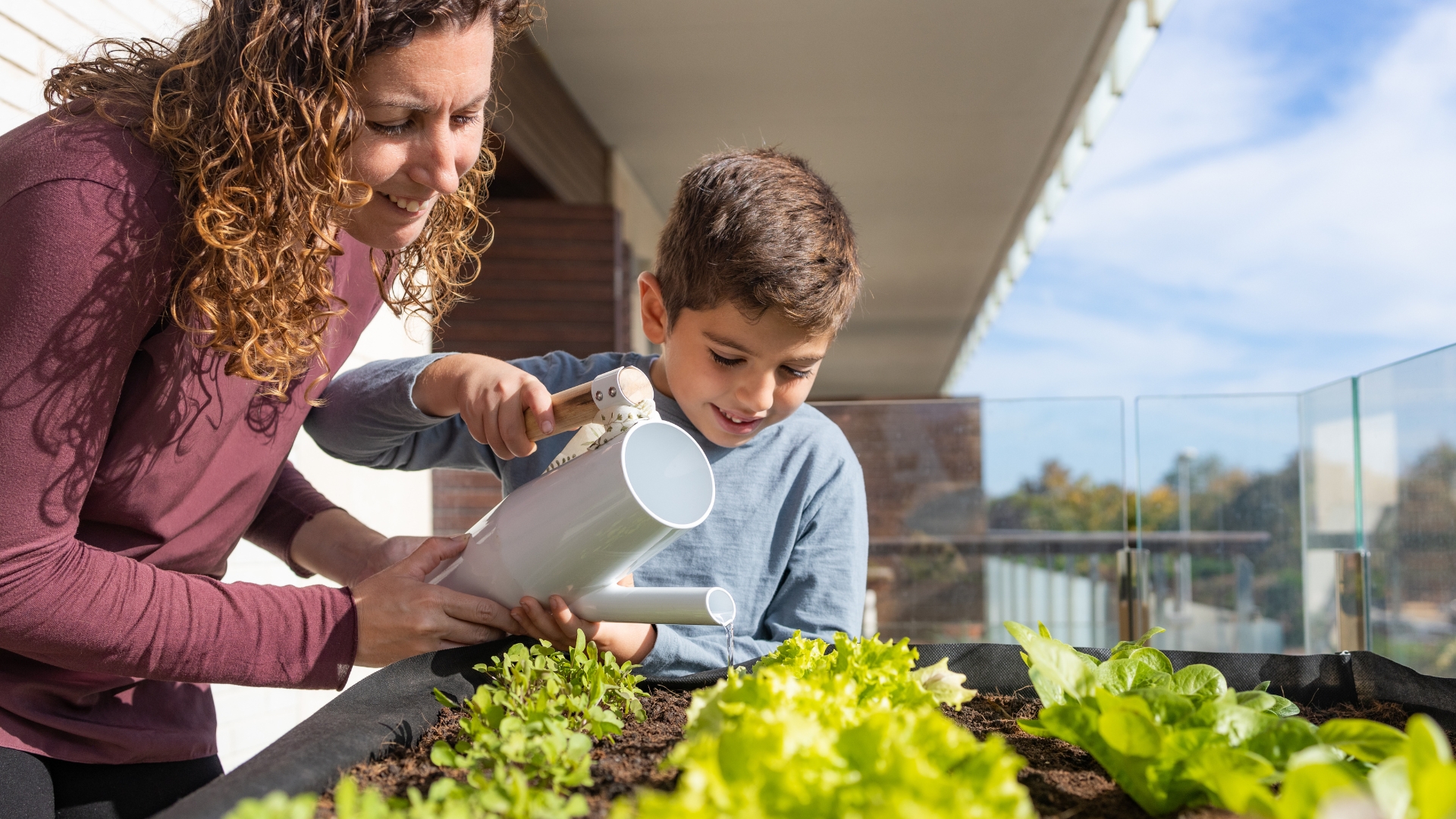
How to do it?
What’s more local than fruits and vegetables that have grown in your own garden? Whether in raised beds or directly in the ground, what you can grow at home is limited only by your imagination (okay, and the local climate). From greens and herbs to tomatoes, garlic, and squash, a huge variety of foods can grow during the warm season.
Don’t have a green thumb? No problem! Several farmers’ markets exist throughout the summer, and it’s an excellent way to directly support the producer. Plus, you might be tempted to try fruits or vegetables you didn’t know about, under the good advice of the farmer!
Finally, you can easily spot the “Québec Space” sections in your favorite IGA; merchants make it a point to highlight the beautiful products of our territory, and in season, the prices can be really advantageous!
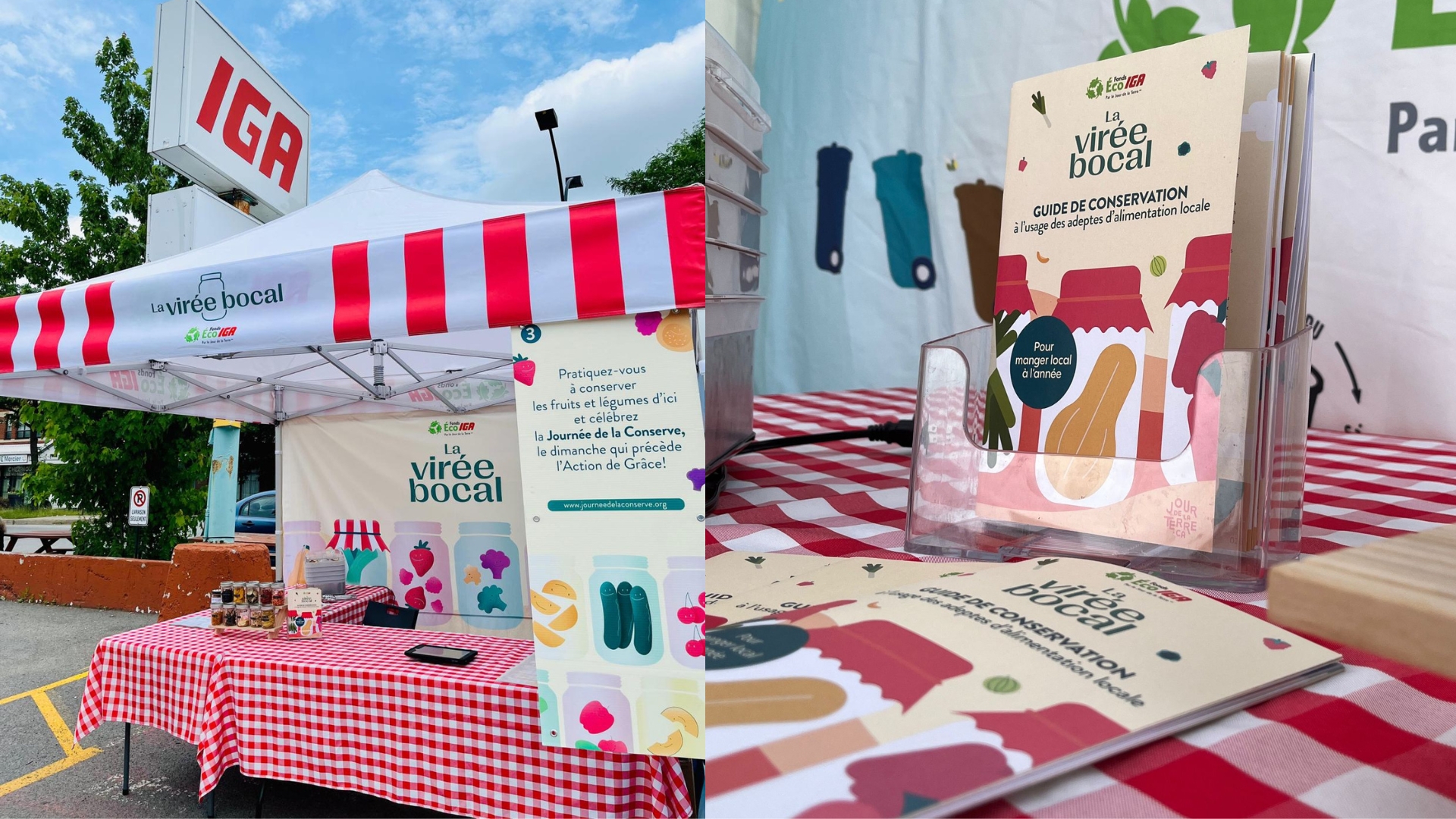
The Travelling Jar
What to do with all this seasonal abundance? Visit our awareness agents at one of The Travelling Jar booths, powered by the Fonds Eco IGA, in Quebec and New Brunswick IGAs. You’ll learn how to preserve local fruits and vegetables using four simple preservation methods. Plus, you can spin the wheel of fortune to win a zero-waste item. Don’t miss out!

Food Waste Reduction, Team Manager
Kim Méthot
Having spent her childhood summers camping in the forests of Quebec, Kim quickly understood the interconnectedness and fragility of the environment that surrounds us. Every day, she seeks ways to reduce her impact on the planet and hopes that, by setting an example, others will follow suit. Passionate about cooking, Kim dreams one day of having her own garden in order to strive as much as possible towards food autonomy.
View all posts...Related posts :
Contact us
Earth Day Canada
5818, boulevard Saint-Laurent
Montréal (Québec) H2T 1T3 Canada
Phone : (514) 728-0116
Toll free : 1 800 424-8758
Fax : (514) 303-0248
Email: hello@earthday.ca
2025 © Earth Day Canada. All rights reserved.
Privacy policy · Terms of use · Trademark
